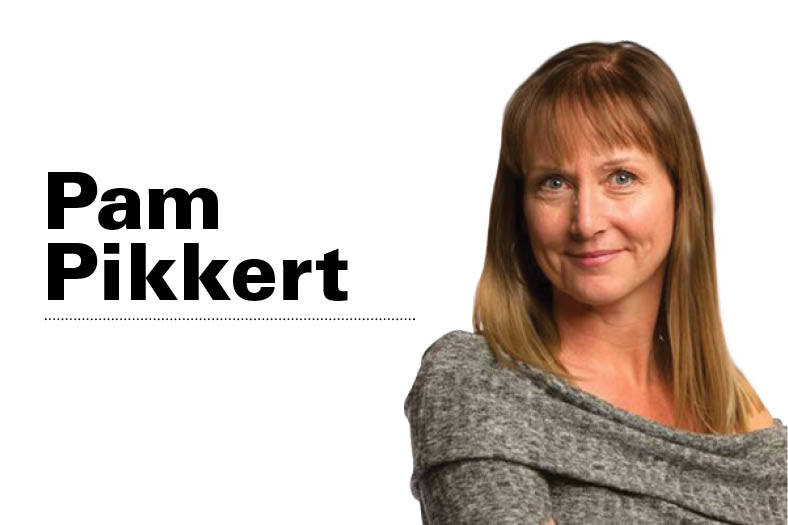The truth of the matter is that the mortgage lending landscape has changed drastically in the last few years.
What was once a straightforward matter is now often a trudge through an unexpected maze of hoops. This week we are going to take a look at why that is and how you can get to yes ASAP.
The first part of the equation is the government.
The federal government guarantees mortgages in Canada through the mortgage default insurers. This means they are tying the entire country’s fiscal well-being to the housing market.
If too many bad loans are given there would be pressure on the government to account for the lending practices which got us to that precarious position.
We have seen many changes in the guidelines which lenders are required to use because of this. A few of the major changes:
• Maximum amortization decreased to 25 years
• Maximum Home Equity Line of Credit is 65% of a property’s value
• A repayment of 3% must be used for all outstanding credit card and line of credit balances
• Everyone must qualify at the stress test rate of 5.34% or 2% higher than what they are being offered as an interest rate to ensure they can afford the home upon mortgage renewal
• Rental properties require at least 20% down
• Maximum refinance amount is 80% of the property’s value
• Self-employed individuals must verify the income
The second part of the equation is the current economic situation here in Alberta.
It is no surprise to any of us that foreclosures and late payments are on the rise. What that means for mortgage lending is that the lenders and the mortgage insurers are examining every file much more closely. They want to see that we all have some extra funds in the bank to cover a slowdown or other life event.
They also want to see some very strong credit management. Gone are the days of lenders looking the other way on credit issues. These days they want to know what happened and your plan to ensure that it will not happen again.
So what if you have decent credit and some savings and your lender still says no, what should you do then?
The first thing to keep in mind is that each institution has very different guidelines given to them by shareholders and investors and other behind the scenes people.
Just because your application is not a fit with the first lender does not mean the next will not proceed.
You may need to consider an alternative lender if it comes right down to it. It is quite possible that your situation puts you in a position where this can be the best and maybe even the only choice.
For example, say you are self-employed and choose to claim little income. Your reasons for this could be to keep your company strong or your personal taxes low. The problem here is that we no longer have a whole bunch of lenders willing to accept income without verification of it via your tax returns.
Or say you are a doctor new to Canada. Your income may be hard to prove to the satisfaction of the mainstream lenders.
Or if you have blemished or damaged credit which leaves the lenders thinking you are too large a risk.
There are a myriad of situations which may put you outside the ‘normal’ guidelines. In any of these cases it is important to note that there are many alternate lenders who may suit you perfectly.
Things to keep in mind here:
• These lenders will require you to have some skin in the game. You will need at least 15% to put down depending on your credit score, income and the location of the property.
• The rates will be higher given the increased risk to the lender for lending outside the norm.
• You may be facing lender fees with certain lenders though it can still make sense to help payout high interest debts or avoid mortgage default fees.
Talk to a well-qualified mortgage professional today to see if the ‘no’ you were given can be turned into a ‘yes’.
Pam Pikkert is a mortgage broker with Mortgage Alliance – Regional Mortgage Group in Red Deer.



